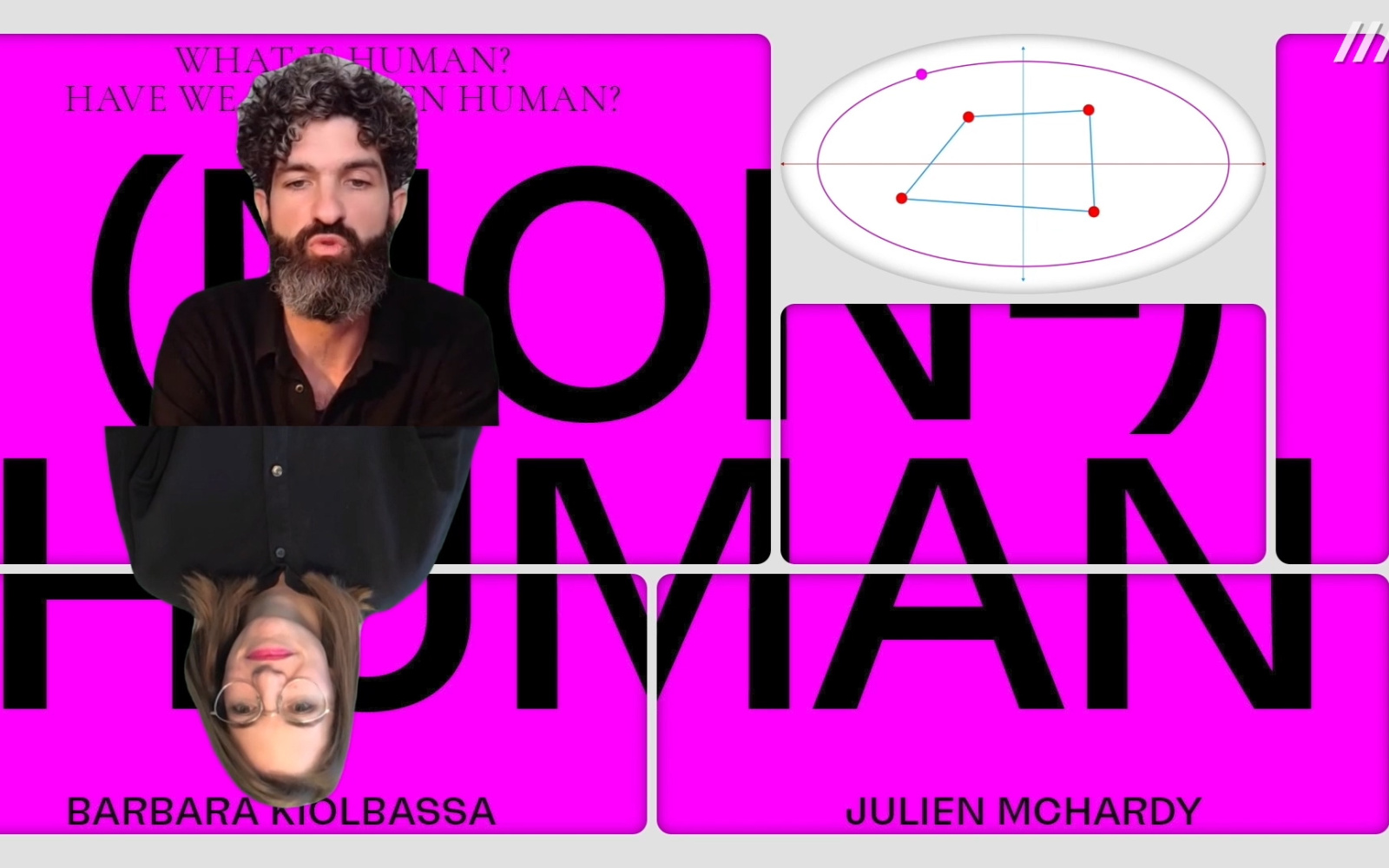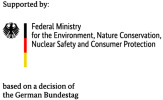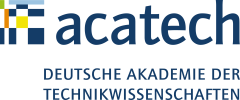Section 1: (NON-)HUMAN
Driving the Human Festival
++ Please scroll down for the videos ++
What Is Human? Have We Ever Been Human?
Until now, the Western-centered categorization of the world has always been based on the human perspective since the Enlightenment. From the observation of subatomic elements to the examination of the whole universe, being is categorized through the human lens. However, the world is not as abstract as human divisions suggest, for example, humans and animals, culture and nature, organic and non-organic. In fact, we are deeply interconnected with other-than-human lifeforms, with non-living matter as part of biochemical processes or other entities that shape life on this planet. This panel thinks beyond traditional categories and embraces the complexities of the (Non-)Human by exploring posthumanism, transhumanism, and the relation and interconnectedness between human and non-human entities.
Program
Welcome and Introduction to the Program
Barbara Kiolbassa (art mediator ZKM), Julien McHardy (researcher, curator)
Lecture
Alexandra Pirici, »Future ground: A movement-lecture on nurturing different sensibilities, pleasures, and collaborations with land.«
Alexandra Pirici is walking through a forest. In a calm voice she talks about the meaning of language and socioeconomic infrastructures that mold human life. The artist reflects on methods that break up the dominant capitalist system such as slowing down instead of constant acceleration, or absorbing knowledge not only with the mind but also the body.
Panel discussion
Joanna Bourke (social and cultural historian), Bogna Konior (writer, academic), Cary Wolfe (professor of English, Rice University), moderated by Lena Reitschuster
The discussion focuses on the concept of being human. The distinction between humans and non-humans is described as a social construct that maintains the idea of the human capability to create social life. However, being human is not determined by human actors alone, but also by non-human actors such as animals, plants, or machines.
Film screening
Jenna Sutela, »nimiia cétiï«, 2018, 12 min (Due to legal reasons, this contribution was not recorded.)
»nimiia cétiï« is inspired by experiments in interspecies communication and aspires to connect with a world beyond human consciousness. Documenting the interactions between a neural network, audio recordings of early Martian language, and footage of the movements of space bacteria, the work uses machine learning to generate a new form of communication.
Driving the Human Festival | Section 1: (NON-)HUMAN
Driving the Human | (NON-) HUMAN
Driving the Human Festival
November 20–22, 2020
Organized and hosted by ZKM | Center for Art and Media Karlsruhe and Karlsruhe University of Arts and Design
The »Driving the Human« cooperation is initiated and coordinated by four institutions: acatech – National Academy of Science and Engineering, the international mentoring program Forecast, the Karlsruhe University of Arts and Design, and ZKM | Center for Art and Media Karlsruhe.
»Driving the Human« is supported by the German Federal Ministry for the Environment.
Sponsors
-
Supporters
-
Part of the Future Architecture program
-
A project by






